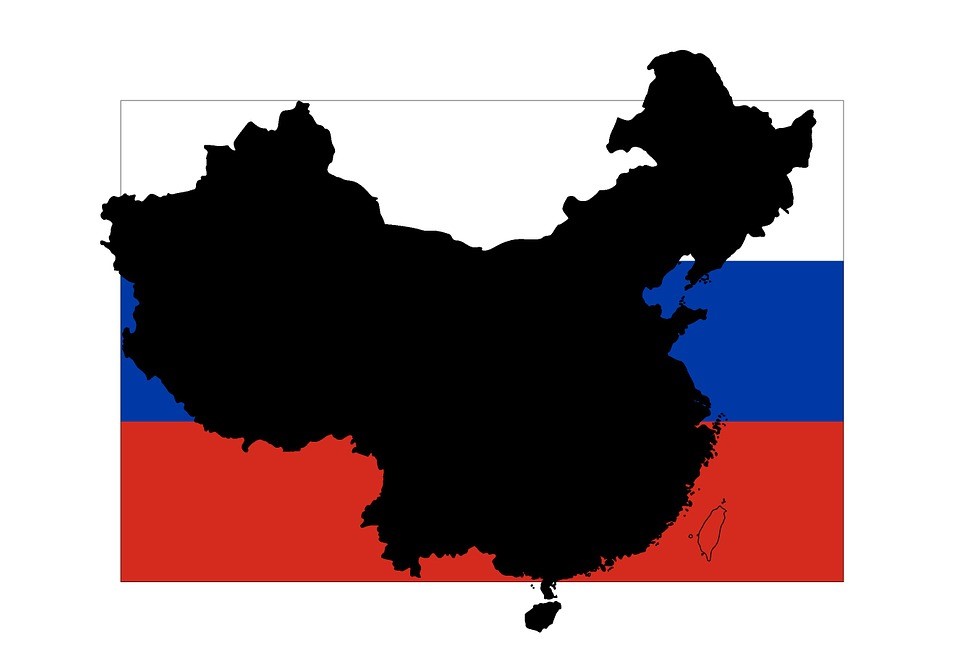From a renewed symbolic affirmation to a pragmatic shift in strategic vision, China and Russia both advanced their agendas at the May 8, 2025, summit in Moscow. They appear outwardly more unified in their mission to construct a parallel system in trade, security, and information governance. US officials are watching as the summit laid out a broad strategic vision ending in 20 significant, in-depth, cooperation agreements and three joint statements dealing with defense, technology, law, and multilateral governance. Analysts in Washington point out that particular sectors under US scrutiny include artificial intelligence, energy, cross-border payments and legal standards for international order.
Despite domestic and other pressing international issues facing Presidents Vladimir Putin and Xi Jinping, they issued joint statements portraying their partnership as a “normative response to US hegemony,” says Matthew Johnson of the Jamestown Foundation. He points out that the leaders invoked memories of World War II to defend sovereign development rights and oppose Western-led institutions and coercive measures. Although they referred to the alignment as defensive, Johnson says it reflects a deeper ideological and structural commitment that will be tested in the near future as both further their operational bloc-building.
China is expected to push a renminbi-based financial integration and regional security issues in the 11 BRICS (originally composed of Brazil, Russia, India, China and South Africa) and the China-led, Shanghai Cooperation Organization (SCO). What remains unknown is how far and deep the convergence reaches beyond the typical rhetoric. China and Russia have competing interests in areas including Asia and the Arctic, that may suggest geopolitical caution is the easiest course to follow.
At the conclusion of the summit Moscow and Beijing issued a parallel declaration, “Joint Statement on Global Strategic Stability,” accusing Washington of “nuclear sharing” alliances, and space weapons efforts of eroding deterrence and increasing the risk of nuclear confrontation. China says the West, and the US in particular, used “subversion” (颠覆) to distort the post-WWII world order. Both communist leaders portray themselves as architects seeking a multipolar world order resistant to external sanctions and “power projection.” They also reaffirmed their wartime partnership and support for each other’s claims of sovereignty over Taiwan and Ukraine, according to Xinhua (New China News Agency). They are positioning themselves as defenders of the principle of “equal and indivisible security” (安全平等且不可分割), says Johnson. At the Moscow summit they called for new multilateral arms control mechanisms, support for a United Nations-centered international legal order, and condemned efforts to politicize export controls, AI, and biotechnology.
China used the summit as an opportunity to reframe global opinions on China’s behavior by emphasizing the “equal, universal, and good faith” (平等普遍善意) application of international law. The Chinese Ministry of Foreign Affairs called the document a simple reframing of PRC-Russia joint commitments as a defense of international order, although in reality they are challenging prevailing global governance mechanisms. Despite the leaders’ multipronged efforts, Western analysts argue that this does not eliminate asymmetries or caution between the two communist leaders. “Beijing remains wary of overcommitting to Moscow’s more explicitly revisionist agenda in Europe, while Moscow must navigate its growing dependency on the PRC without ceding too much autonomy or control over its strategic frontiers,” according to Johnson. He argues that this summit represents a real attempt to move beyond symbolism to update a roadmap for operational convergence across multiple strategic domains. It appears that Xi is willing to work toward this goal in several critical areas, calling for a “foundation of stability,” “momentum of progress, and the “elimination of external influence” in high-impact sectors such as AI, aviation and aerospace, energy, and agriculture – all areas subject to Western sanctions pressure.
The agreements coming out of the summit clearly indicate China is referencing areas the two countries can work on, including dual-use development, biosecurity, digital economy, critical infrastructure protection, and financial system independence. Some analysts suggest this week that a upcoming joint buildout is intended to act as an explicit hedge against future decoupling or conflict. If China continues its cooperation with Russia, it could create a parallel system capable of buffering it from Western pressure while further uniting the Global South with Beijing. “The two sides emphasized improving PRC-Russia cross-border infrastructure, customs capacity, and transit corridors, while also committing to “mutually beneficial cooperation on the Arctic route.” The absence of institutional detail or new Arctic agreements, however, suggests limits to Russia’s willingness to share governance over this critical frontier” says Johnson.
The summit represents three key operational shifts in 2025: an increase in military cooperation, institutional layering and bloc construction, and economic integration. Although the long-term outcome of the summit is concerning to Western leaders, China remains relatively consistent and did not violate any so-called escalation thresholds by supporting Putin’s war in Ukraine, addressing new areas of formal military cooperation, or advancing new defense commitments. As the two communist giants move closer together, analysts expect additional constraints to develop in the bilateral relationship, including regional rivalry in the Arctic and Central Asia. One area Washington analysts are paying close attention to is vaguely addressed in summit documents. It is the inclusion of “global strategic stability” (全球战略稳定). Washington believes that additional discussions concerning cooperation in satellite navigation and space are likely occurring behind closed doors in military-technical channels. The China-Russia bilateral relationship remains one of convenience and one that the world needs to watch as it could represent a renewed effort by China to move global leadership away from Washington and into its corner.
